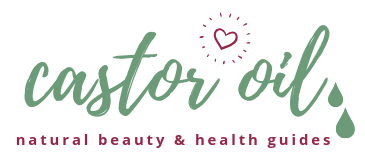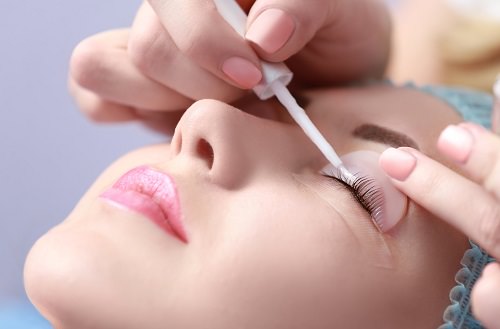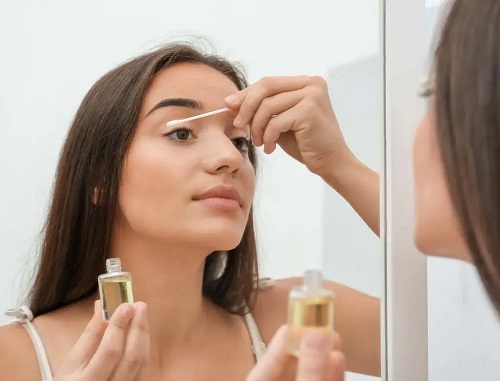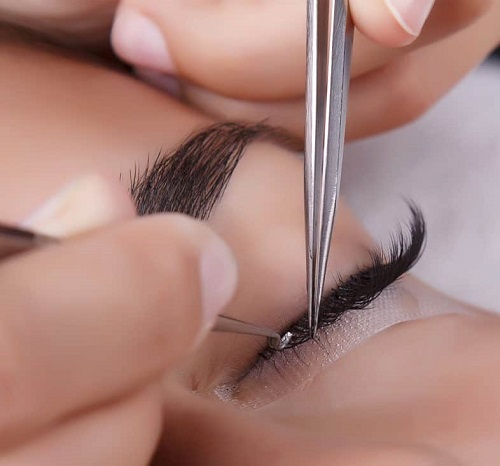Can You Use Castor Oil After Lash Lift? Discover how this natural oil can enhance and prolong your beautiful curls!
Lash lifts have taken the beauty industry by storm, providing an alternative to mascara and lash extensions for a more natural yet captivating look. But what happens when it comes to aftercare? You might have heard of using oils like castor oil to keep your lashes in good condition, but Can You Use Castor Oil After Lash Lift? This article explores this in detail, offering expert advice on Lash Lift Aftercare Oil and the possible benefits and precautions of using Castor Oil after Lash Lift.
Learn about the Benefits of Castor Oil for Eyelashes here
What is Lash Lift?
Before we dive into the topic of lash lift oil, it’s essential to understand what a lash lift entails. This procedure involves using a perming solution to curl your lashes upward. It can last up to six weeks, depending on your lash cycle and how well you take care of them.
Can You Use Castor Oil for Lash Lift?
Absolutely, when it comes to enhancing the results of your lash lift, castor oil can be a game-changer. So, Can You Use Castor Oil for Lash Lift? The answer is a resounding yes, but with a few caveats. This versatile oil is loaded with ricinoleic acid, a fatty acid that not only moisturizes but also promotes hair growth. Applying a small amount of castor oil after your lash lift can nourish and strengthen your lashes, prolonging the life of your lash lift.
But before you jump in, always consult your lash technician, especially if different aftercare products were used during the lift.
Does Castor Oil Lighten Eye Color? Learn here
Benefits of Using Castor Oil After Lash Lift
1. Boosts Lash Fullness Through Nourishment
One of the standout benefits of using castor oil after lash lift is its potential to stimulate eyelash growth. Though, there’s a lack of scientific support, the ricinoleic acid content is believed to interact with the prostaglandin receptors in your hair follicles, enhancing the overall thickness and fullness of the lashes.
2. Provides Lasting Hydration to Prolong Lash Lift Results
Castor oil acts as an emollient, locking in moisture and helping your lashes stay hydrated. A well-hydrated lash is less prone to breakage and appears more lush and vibrant.
In the context of a lash lift, this moisture retention can actually extend the life of your lash lift, ensuring you get to enjoy those perfectly curled lashes for a longer period.
3. Reinforces Lash Resilience to Prevent Breakage
Your eyelashes undergo a considerable amount of stress during the lash lift procedure, making them susceptible to damage or breakage. Castor oil comes packed with natural antioxidants and nutrients that not only repair the existing damage but also fortify your lashes.
This strengthening effect makes your lashes more resilient against future damage and less prone to fall out. So, if you compare your lashes before and after castor oil application, you are likely to see a notable improvement in their overall strength and quality.
How To Use Castor Oil for Lash Lift?
You can use castor oil two weeks after the lash lift treatment to nourish and maintain your eyelashes. Here is how:
You will need:
- Castor Oil
- Mascara Wand or Eyeliner Brush
- Bowl
Instructions:
- Pour castor oil in a small bowl.
- Dip an eyeliner brush in castor oil and gently apply it on the upper and lower lashline.
- Repeat this procedure five-times a week to see effective results.
Learn about Using Castor Oil and AloeVera for Eyelashes here
How To Take Care After Lash Lift?
Lash lift requires little extra care and maintenance in the first 1-2 days of treatment. To maintain your lashes, keep the following tips in mind.
- Do not rub your lashes and touch them gently if necessary.
- Make sure the lashes don’t come in contact with water for the first 24 hours.
- Also do not use any beauty product or eye makeup for 24 hours after the treatment.
- Avoid mascara for 24 hours as well.
Precautions and Recommendations
- Before you start applying any oil to relax a lash lift, it’s crucial to consult your lash technician. They can provide specific guidelines tailored to your lashes and the products they used during the lift.
- If you’re new to castor oil, it’s wise to conduct a patch test on your skin to ensure you don’t have any allergic reactions.
- Less is more when it comes to lash lift oil. Use a clean mascara brush for application and ensure you don’t over-saturate your lashes.
Final Thoughts
The question of whether you can use castor oil after lash lift is one many beauty enthusiasts wonder about. Castor oil can be an excellent lash lift aftercare oil, offering hydration, growth stimulation, and strength to your lashes. However, always consult your lash technician for personalized advice tailored to your specific situation.






